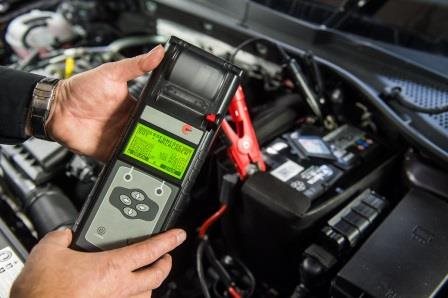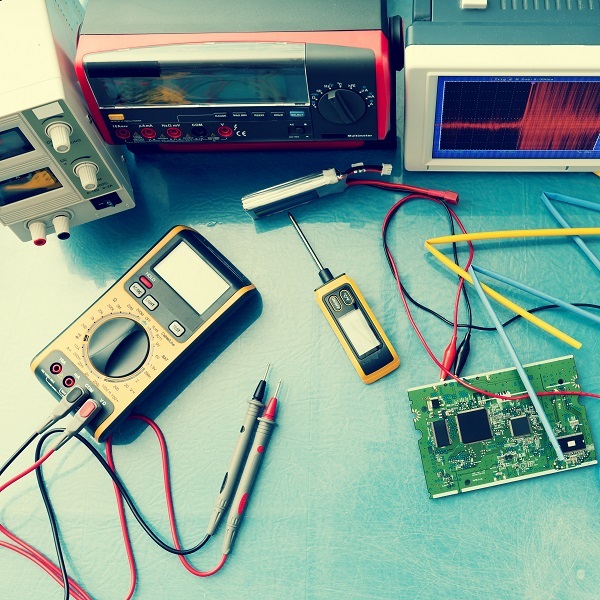In my first post, I talked about the need for modular, flexible and smart design in analog output modules and explored methods for improving efficiency in a typical high-side voltage-to-current converter used to drive 4-20mA outputs. Figure 1 shows an implementation that involves a buck/boost converter in a simple feedback network to supply just the necessary power to the load. While…
Find TI’s latest analog content at TI.com/analogwire


